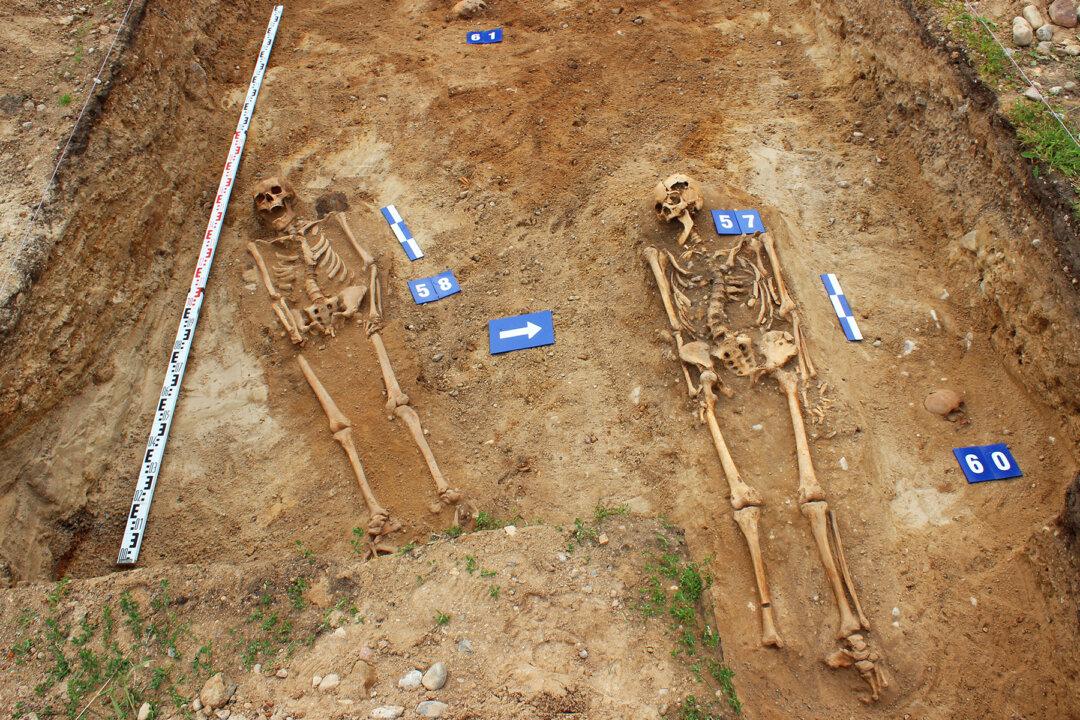Shandong is an eastern province of China situated on the lower reaches of the Yellow River. The locals in Shandong attribute height as one of their distinctive characteristics—the average height of 18-year-old youths in the region was 175 centimeters (approx. 5 ft 7 in) in 2015. Interestingly, Confucius (551–479 B.C.), whose hometown was in Qufu, Shandong, was said to be around 1.9 meters (approx. 6 ft 2 in) tall.
In 2017, an archaeological dig led by the University of Shandong unearthed 205 graves and ruins of 104 houses, with separate bedrooms and kitchens, dating back 5,000 years ago in Jiaojia Village in Jinan, Shandong, China. One grave shows a gigantic man who’s measured at 1.9 meters tall.





